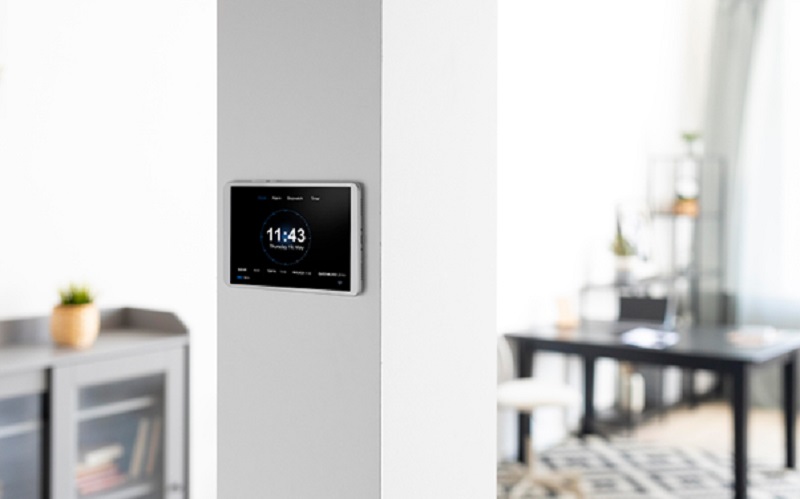
Smart Switches vs. Traditional: What Works Best in Singaporean Homes?
Practicality often guides renovation choices. A traditional light switch performs a single function reliably—turning lights on and off. It’s familiar, straightforward, and easy to use by residents of all ages. Smart switches, on the other hand, provide additional features such as remote control, scheduling, and integration with home automation systems. The decision between smart and traditional switches depends largely on how much convenience and control a household wants over its lighting.
Installation and Compatibility Factors
Installing a traditional light switch is relatively simple. Electricians can easily replace or repair it without significant rewiring. In contrast, smart switches usually require a neutral wire and sometimes a dedicated hub or Wi-Fi network, depending on the system design. Homes in older estates may lack the necessary wiring to support smart switch installation. Those considering upgrades must assess the condition of their current electrical layout before choosing from the available switches in Singapore.
Control and Convenience in Daily Use
Smart switches allow users to control lights through smartphones, voice assistants, or wall panels. This is especially useful for managing lighting when away from home or controlling multiple fixtures at once. Traditional switches require physical interaction and don’t support remote access. While this makes them more predictable, they lack the flexibility of smart systems. Households looking to streamline routines—such as setting lights to turn off automatically at night—may prefer the features that come with smart alternatives.
Energy Management and Efficiency
Energy-saving behaviour depends on user habits, but smart switches can help enforce consistency. They can be programmed to turn lights off during specific times or when no motion is detected in a room. This is valuable in larger households where lights may be left on unintentionally. Traditional switches rely entirely on manual operation, so energy savings depend on whether users remember to switch off. For those prioritising energy efficiency, smart systems offer more structured control.
Cost Considerations for Homeowners
Traditional light switches are affordable, widely available, and cheap to replace. Smart switches are more expensive due to their added technology and connectivity features. Initial costs include the switch itself, professional installation, and potentially additional accessories. However, for homeowners planning long-term energy savings or broader home automation, the investment may be worthwhile. Those renovating on a tighter budget may find traditional switches more suitable for immediate use without sacrificing essential function.
Security and Remote Access Benefits
Smart switches can enhance security by simulating activity when no one is home. Lights can be scheduled to turn on at night or triggered remotely while travelling. This gives the impression that someone is home, reducing the risk of break-ins. Traditional switches do not offer this benefit and require manual operation. For homeowners concerned about security during absences or holidays, smart switches provide added peace of mind through remote control.
Aesthetic and Design Integration
Design preferences vary across Singaporean homes, but modern interiors increasingly feature minimalistic styles. Smart switches often come in sleek finishes and touch-panel formats that match contemporary decor. Traditional switches, while available in various designs, tend to be more functional in appearance. For those updating homes with a clean, modern look, smart switches may offer a better visual fit. However, traditional switches still work well in classic or utilitarian spaces where aesthetics take a backseat to usability.
Learn More: Key Considerations When Selecting A Digital Door Lock For Your Home
Maintenance and System Updates
Traditional light switches require minimal upkeep. If a switch stops working, it can be replaced without affecting other parts of the home. Smart switches, being part of larger systems, may require software updates and troubleshooting. Connectivity issues or firmware errors may occasionally affect performance. Homeowners who prefer minimal maintenance may lean toward traditional solutions, while tech-savvy users willing to manage updates might find smart systems worth the added effort.
Household Suitability and Accessibility
Every household has different levels of comfort with technology. Elderly residents, for instance, might find traditional switches easier to use without needing to navigate apps or control systems. Conversely, younger households or tech-integrated families might adopt features for their flexibility. The choice between the two options often comes down to the preferences, needs, and lifestyles of the people living in the space.
Finding the Right Balance
Singaporean homes vary from compact HDB flats to spacious landed properties. Some households may choose to install smart switches selectively in certain areas—such as living rooms or entryways—while keeping traditional ones in bedrooms or bathrooms. This hybrid approach allows homeowners to enjoy modern features without overhauling their existing systems. Selecting from the available switches Singapore offers means understanding how each type fits within the home’s broader function, budget, and design.
For more information about LED lighting for homes and offices, contact Light Avenue today.
